Learning beyond the classroom is an essential part of education, where students engage with real-world experiences that complement their academic knowledge. This approach fosters critical thinking, problem-solving, and the application of theoretical concepts in practical settings. It also nurtures a deeper understanding of their field, promoting lifelong learning and the ability to navigate dynamic, real-world challenges.
One such opportunity for the IMU Nursing students was on 29 July 2024 when Hospital Tuanku Ja’afar hosted an event aimed at raising disaster awareness amongst healthcare workers, emphasizing preparedness for potential disasters. Although Malaysia uncommonly experiences large-scale disasters, the initiative underscores the importance of readiness in the healthcare sector.
The event begins with the opening remarks by Dr Azhana Binti Hassan, the Head of Department of the Emergency Department of Hospital Tuanku Ja’afar, introducing the disaster preparedness in Malaysia. Since the Highland Towers incident on 11 December 1993, the Malaysian National Security Council established Directive 20 to guide disaster management across all agencies, outlining their roles and responsibilities. During the event, doctors highlighted key aspects of Directive 20, including disaster zoning and effective management strategies.
The main event featured four stations:
Triaging
This station introduced the START triage system for adult casualties and JUMPSTART system for paediatric casualties. This system assists the healthcare personnel to categorise patients based on the severity of their injuries and to ensure that the most critical receive timely treatment. The color-coded system was Red for critical patients needing immediate care, Yellow for serious but stable cases, and Green for minor injuries.
Transport of patient
This station emphasised the importance of moving patients to a safe zone, which can be far away from the disaster site. The participants learned the transporting techniques included using basic items like bedsheets and equipment such as stretchers and spinal boards. The emphasis was on improvisation and ensuring patient safety during transport.
Radio Communication
This station introduced the Government Integrated Radio Network (GIRN) used by agencies like the Fire and Rescue Department and the Ministry of Health during disasters. The participants had the opportunity for hands-on experience with GIRN handheld units and learned the METHANE mnemonic (M – Major incident, E – Exact location, T – Type of incident, H – Hazards present or suspected, A – Access routes that are safe to use, N – Number, type, severity of casualties, E – Emergency services present) for reporting major incidents.
Medical base
This station explored the essential role of a medical base in disaster situations. It provides a safe space for treatment and equipment storage and can take various forms—from tents to open-air setups. Key features include portable stretchers, medical supplies, and protective equipment.
The event concluded with a Q&A session to reinforce learning.
As a nursing student at IMU University, I appreciated the opportunity to be involved and thrilled to participate in this incredible event! While I’ve learned about disaster management in the classroom, seeing it in action was an eye-opening experience. The hands-on approach truly brought the concepts to life.
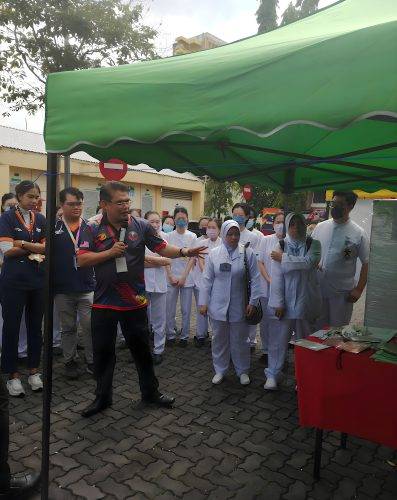
During the emergency and trauma module, this event particularly impressed me by the concept of the medical base. This facility acts as the “safe house” for patients and medical personnel, providing a space to rest, treat, and prepare to assist more victims of disasters.
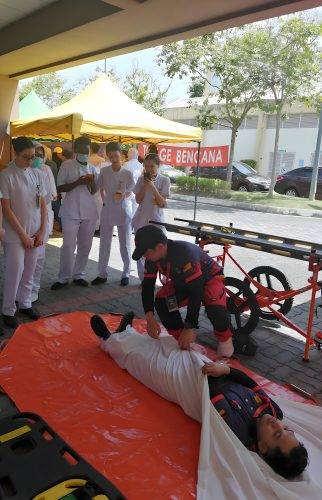
It was an invaluable experience, and I look forward to future training events.
*A special thanks to Dr Abdullah Asad Siddiqui from School of Medicine and Dr Azhana Binti Hassan, Head of Department, Trauma and Emergency Department of Hospital Tuanku Ja’afar for the invitation to this event.
Written by Zackwin Lo Jit Yung (NU121)
Reviewed by Goh Lay Khim, Malini Krishna

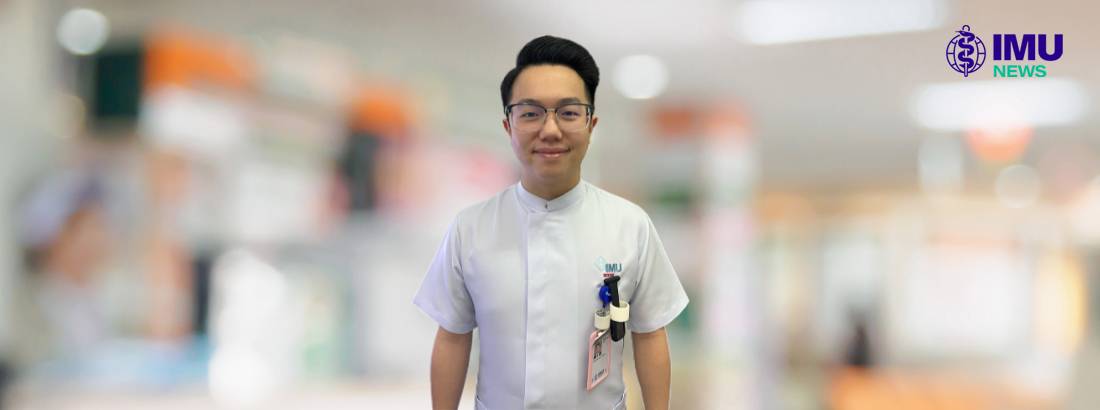
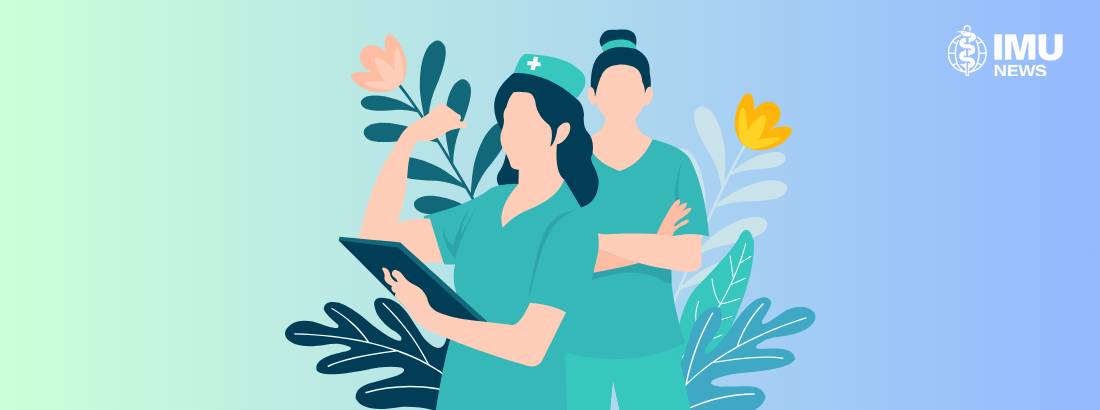
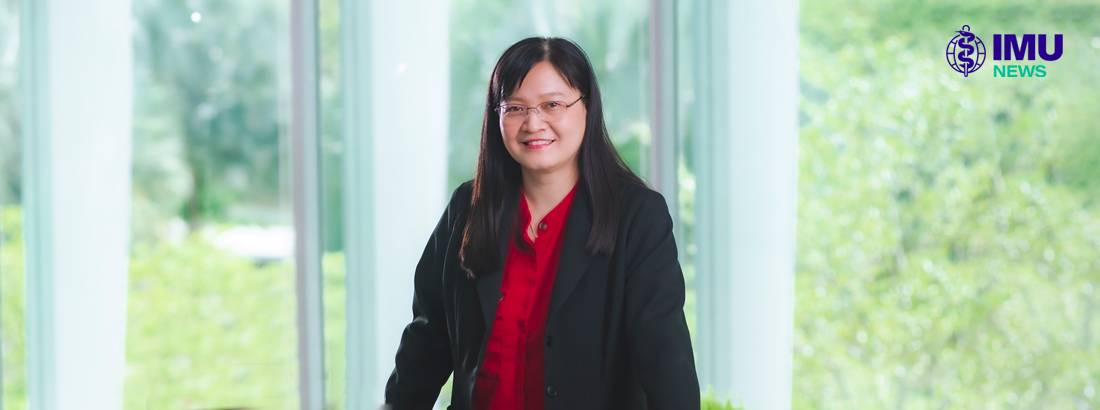
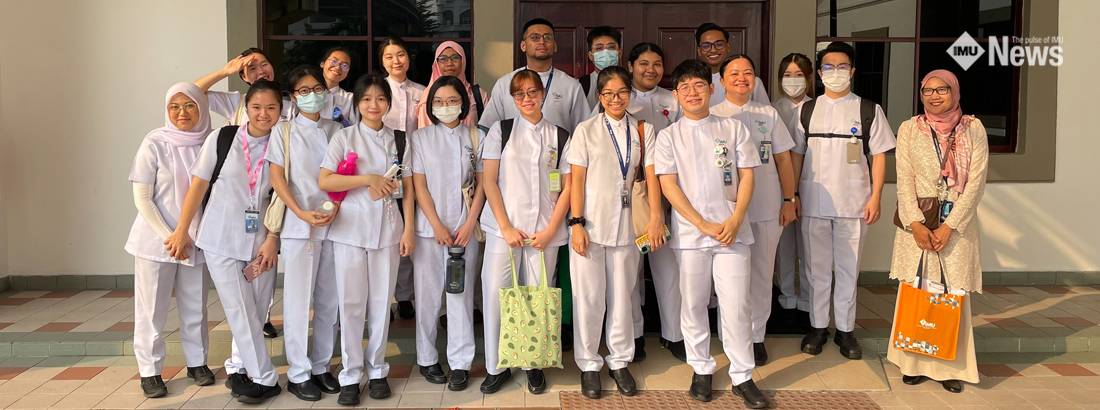
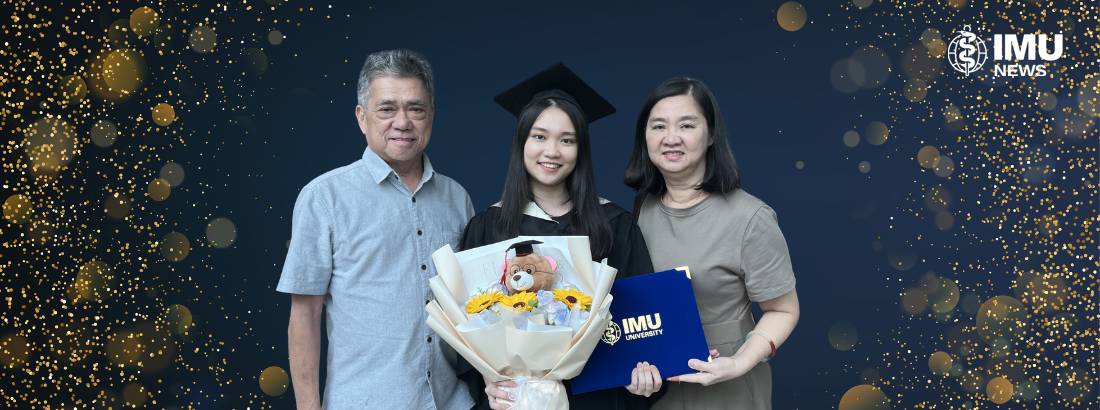
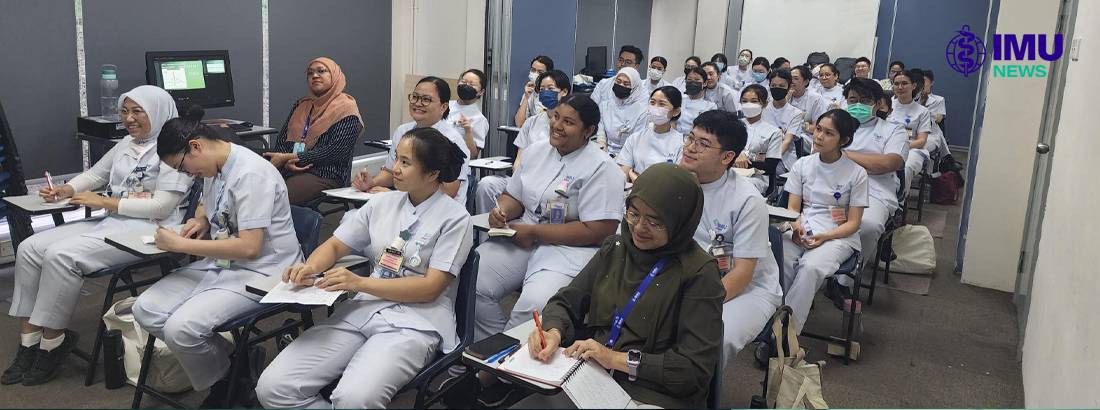
No approved comments.